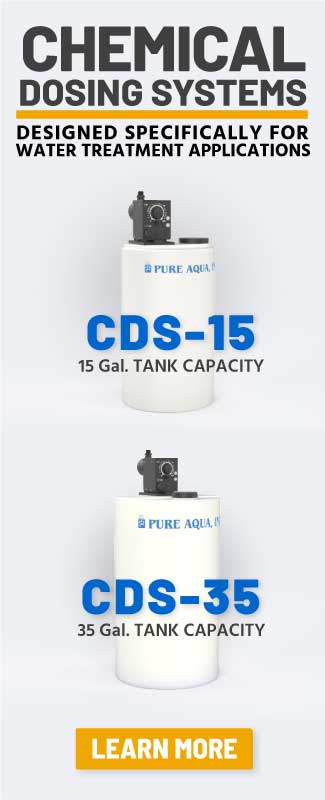Hydrochloric Acid (HCl)
Hydrochloric Acid (HCl)
DEFINITION OF HCL
Hydrochloric corrosive has a particular sharp smell. It is delegated unequivocally acidic and can assault the skin over a wide sythesis run, since the hydrogen chloride totally separates in fluid arrangement.
Hydrochloric corrosive is the least complex chlorine-based corrosive framework containing water. It is an answer of hydrogen chloride and water, and an assortment of other substance species, including hydronium and chloride particles. It is a normally happening part of the gastric corrosive delivered in the stomach related frameworks of most creature species, including people.
Hydrochloric corrosive is a significant synthetic reagent and mechanical concoction, utilized in the creation of polyvinyl chloride for plastic. In families, weakened hydrochloric corrosive is frequently utilized as a descaling specialist. In the nourishment business, hydrochloric corrosive is utilized as a nourishment added substance and in the creation of gelatin. Hydrochloric corrosive is additionally utilized in cowhide handling.
Hydrochloric corrosive was found by the chemist Jabir ibn Hayyan around the year 800 AD.
It was truly called acidum salis and spirits of salt since it was created from rock salt and "green poison" and later from the synthetically comparative normal salt and sulfuric corrosive. Free hydrochloric corrosive was first officially depicted in the sixteenth century by Libavius. Afterward, it was utilized by physicists, for example, Glauber, Priestley, and Davy in their logical research. Except if pressurized or cooled, hydrochloric corrosive will transform into a gas if there is around 60% or less of water. Hydrochloric corrosive is otherwise called hydronium chloride, as opposed to its anhydrous parent known as hydrogen chloride, or dry HCl.
 ENGLISH
ENGLISH ESPAÑOL
ESPAÑOL العربية
العربية PORTUGUÉS
PORTUGUÉS FRANÇAIS
FRANÇAIS
